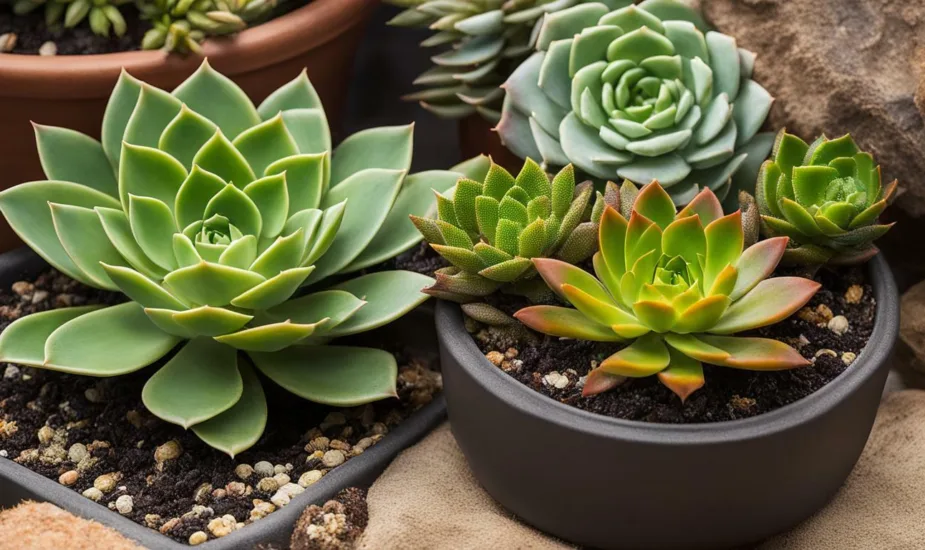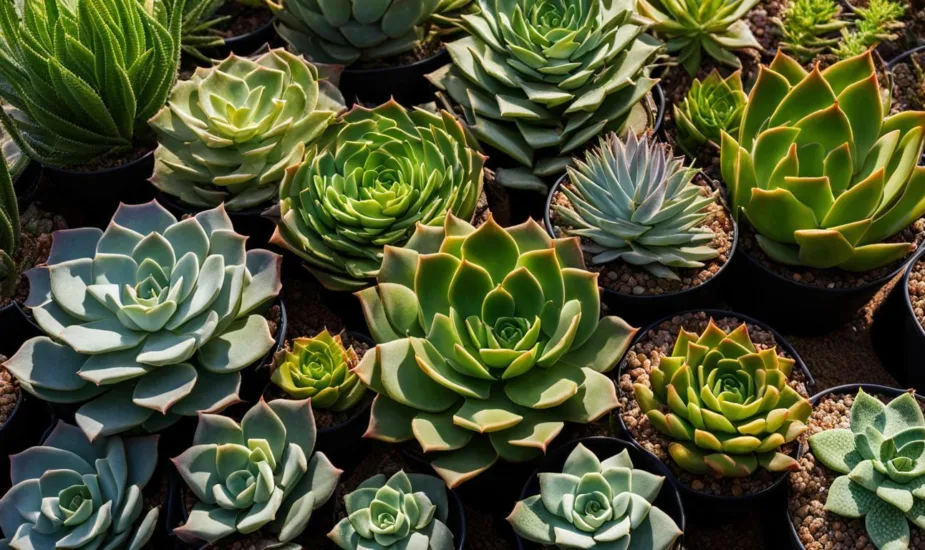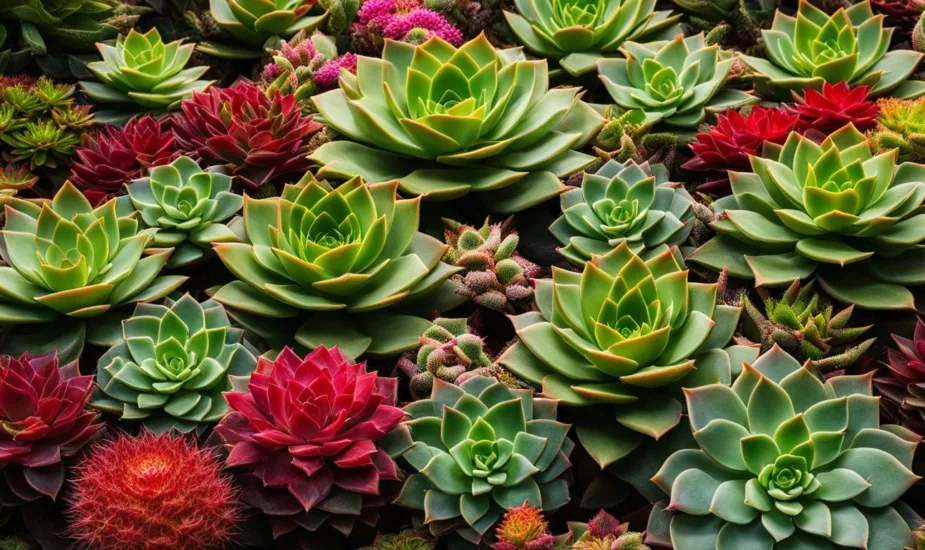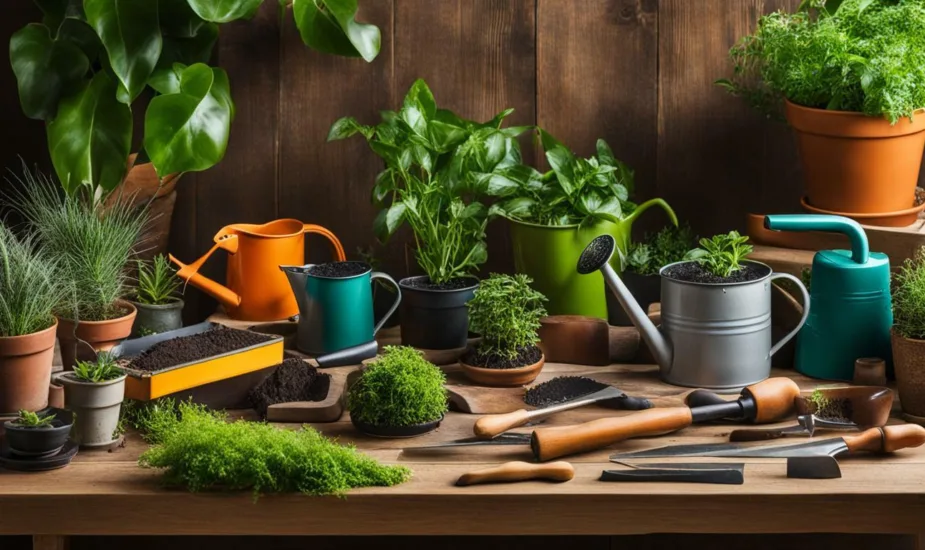Companion Planting Vegetable Garden Layout: Cultivating Harmony and Productivity
Discover the art of companion planting vegetable garden layout for a thriving and eco-friendly garden. Enhance growth and deter pests naturally.

Are you a passionate gardener who wishes to enhance the health and yield of your vegetable garden naturally? Well, you’re in for a treat! In this article, we’ll delve into the fascinating world of companion planting vegetable garden layouts – a practice that not only promotes the health of your plants but also creates a vibrant and thriving ecosystem in your garden.
Understanding Companion Planting
Companion planting is a gardening technique that involves strategically placing different plant species next to each other to create a mutually beneficial environment. This practice is deeply rooted in the concept of biodiversity, where certain plants work together to deter pests, enhance soil fertility, and encourage growth.
The essence of companion planting lies in harnessing the power of nature to promote a balanced garden ecosystem. By combining plants that naturally support each other, you can reduce the need for chemical pesticides and fertilizers, leading to a more sustainable and environmentally-friendly garden.
The Art of Layout Planning
When it comes to designing your companion planting vegetable garden layout, careful planning is essential. A well-thought-out layout maximizes the benefits of companion planting and ensures a harmonious coexistence among your vegetable crops. Here’s how you can create a winning layout:
- Crop Compatibility: Start by researching which plants make great companions. Certain plants have complementary qualities that can help each other thrive. For instance, the classic trio of tomatoes, basil, and marigolds is a perfect example of a mutually beneficial combination. Tomatoes repel pests that often target basil, while marigolds act as natural pest deterrents.
- Sunlight Requirements: Group plants with similar sunlight needs together. This ensures that each plant receives the appropriate amount of sunlight without shading or overcrowding others. For instance, tall sun-loving crops like corn can be planted on the northern side of your garden to prevent shading of shorter plants.
- Vertical Planting: Take advantage of vertical space to optimize your garden layout. Climbing plants, such as beans or cucumbers, can be trained to grow on trellises or stakes, freeing up valuable ground space for other crops.
- Succession Planting: Plan for multiple planting phases to ensure a continuous harvest. As one crop is harvested, another can take its place, keeping your garden productive throughout the growing season.
- Soil Health: Rotate your crops to prevent soil depletion and minimize the risk of diseases. Legumes, such as peas and beans, are excellent choices for improving soil fertility as they naturally fix nitrogen, benefiting neighboring plants.
- Complementary Pest Control: Embrace the concept of “trap cropping” by planting certain sacrificial plants that attract pests away from your main crops. This method not only protects your primary plants but also creates a haven for beneficial insects that prey on garden pests.
- Aromatic Allies: Integrate aromatic herbs like rosemary, sage, and thyme into your layout. These herbs not only enhance the flavor of your vegetables but also repel pests and discourage the growth of weeds.
- Colorful Combinations: Experiment with a blend of colors to create an aesthetically pleasing garden. Vibrant flowers interspersed with your vegetable crops can attract pollinators, contributing to better yields.
Creating Your Companion Planting Vegetable Garden Layout
Now that you have a grasp of the principles behind companion planting, let’s dive into creating your very own layout. Follow these steps to design a harmonious and productive garden:
- Select Your Garden Space: Choose a sunny location for your garden that receives at least 6-8 hours of sunlight each day. Ensure proper drainage to prevent waterlogging.
- Plot Your Beds: Divide your garden into raised beds or rows, leaving enough space between them for easy access and maintenance.
- Crop Pairing: Research which crops work well together and provide mutual benefits. Here are some classic companion planting combinations to get you started:
- Tomatoes, Basil, and Marigolds: As mentioned earlier, this trio helps deter pests and supports healthy growth.
- Carrots and Onions: Carrots and onions make excellent companions, with onions deterring carrot fly and carrots repelling onion pests.
- Cabbage and Nasturtiums: Nasturtiums act as a trap crop, luring aphids away from cabbage plants.
- Corn, Beans, and Squash: Known as the “Three Sisters,” this trio showcases symbiotic relationships – corn provides support for climbing beans, while squash acts as a living mulch, reducing weeds and retaining moisture.
- Layout Design: Arrange your chosen companion plants within each bed or row. Consider factors like plant height, growth habits, and sunlight requirements.
- Vertical Planting: Incorporate trellises, stakes, or cages for climbing plants. This not only saves space but also adds visual interest to your garden.
- Mulching and Watering: Apply a layer of organic mulch around your plants to retain moisture, suppress weeds, and improve soil structure. Be mindful of watering needs, providing consistent moisture without overwatering.
- Monitor and Adjust: Regularly inspect your garden for signs of pests or diseases. If needed, make adjustments to your layout or introduce natural pest control measures, such as introducing ladybugs or using neem oil spray.
The Natural Benefits of Companion Planting
Companion planting vegetable garden layouts offer a myriad of natural benefits that contribute to a thriving and bountiful garden. Let’s explore some of these advantages:
- Pest Management: By strategically pairing plants, you can naturally repel pests and reduce the need for chemical pesticides. For example, planting garlic alongside roses can deter aphids, while chives can help keep away pesky beetles.
- Enhanced Pollination: Introducing pollinator-friendly plants like bee balm, lavender, or sunflowers can attract bees and other beneficial insects, leading to improved pollination and higher yields.
- Weed Suppression: Certain companion plants act as natural weed suppressors, minimizing weed growth and competition for nutrients. Plants like clover or vetch can be used as cover crops between rows to keep weeds at bay.
- Improved Soil Health: Nitrogen-fixing plants, such as legumes, contribute nitrogen to the soil, enriching its fertility and benefiting neighboring plants. This reduces the need for synthetic fertilizers.
- Biodiversity and Ecosystem Balance: Companion planting encourages a diverse range of plants in your garden, which in turn attracts a variety of insects, birds, and other wildlife. This balanced ecosystem can help control pests and promote overall garden health.
Boosting Your Gardening Knowledge
As you embark on your companion planting journey, it’s essential to grasp a few key concepts that enhance your gardening expertise:
- Crop Rotation: Rotate your crops each planting season to prevent soil exhaustion and the buildup of pests and diseases.
- Beneficial Insects: Introduce beneficial insects like ladybugs, lacewings, and parasitic wasps to naturally control garden pests.
- Integrated Pest Management (IPM): Adopt IPM strategies that combine various techniques to manage pests without heavy reliance on chemicals.
- Green Manure: Consider planting cover crops like clover or buckwheat during fallow periods to improve soil structure and fertility.
- Natural Predators: Attract natural predators like birds and bats by providing nesting sites, bird feeders, and bat houses in your garden.
Frequently Asked Questions (FAQ)
Q: What is companion planting?
A: Companion planting involves strategically planting different crops together to achieve mutual benefits, such as pest control and enhanced growth.
Q: Why is companion planting important?
A: Companion planting promotes a healthier garden ecosystem, reduces the need for chemical interventions, and increases overall productivity.
Q: Which plants are good companions for tomatoes?
A: Basil, marigolds, and chives are excellent companions for tomatoes as they deter pests and enhance flavor.
Q: Can companion planting help reduce the use of pesticides?
A: Yes, by utilizing plants that repel pests, companion planting can significantly reduce the need for chemical pesticides.
Q: What are some common trap crops?
A: Nasturtiums, radishes, and zinnias are popular trap crops that attract pests away from main crops.
Q: Is vertical planting suitable for all types of vegetables?
A: Vertical planting works well for climbing plants like beans, cucumbers, and peas, maximizing space and sun exposure.
Q: How do I know if my plants are compatible for companion planting?
A: Research specific plant combinations to understand their compatibility and benefits. Experimentation and observation also play a key role.
Q: What is the “Three Sisters” planting method?
A: The “Three Sisters” method involves planting corn, beans, and squash together, creating a symbiotic relationship that benefits all three crops.
Q: Can companion planting improve soil fertility?
A: Yes, certain plants like legumes (peas, beans) fix nitrogen in the soil, enhancing its fertility and benefiting neighboring plants.
Q: How do I attract pollinators to my companion planting garden?
A: Plant pollinator-friendly flowers like bee balm, sunflowers, and lavender, and provide water sources and shelter for insects.
So there you have it – a comprehensive guide to designing a successful companion planting vegetable garden layout. By harnessing the power of plant relationships and creating a harmonious ecosystem, you’re well on your way to a thriving and bountiful garden that’s both visually appealing and environmentally conscious.
Happy gardening! 🌱🌼
 Little Garden Tips
Little Garden Tips












